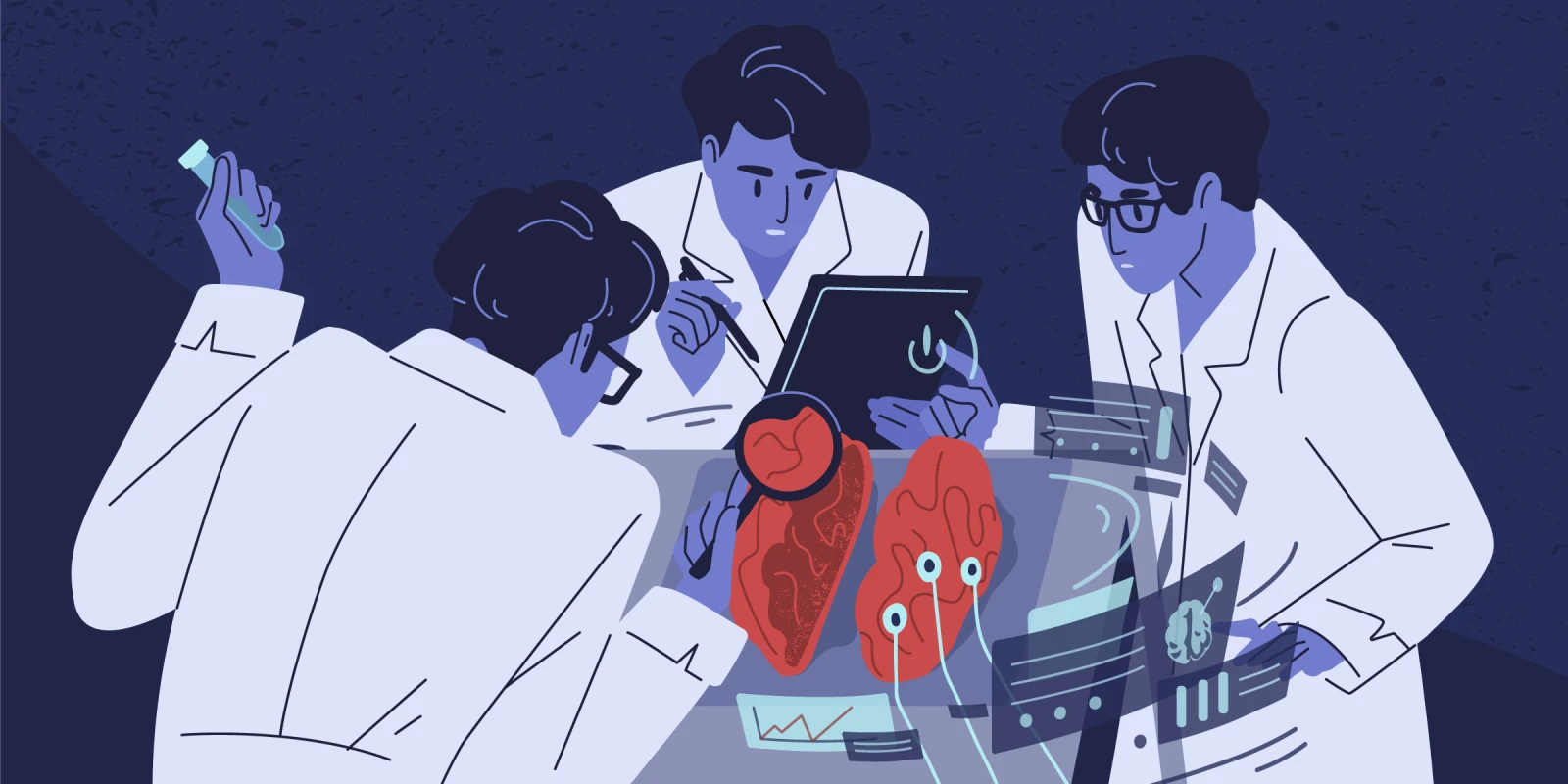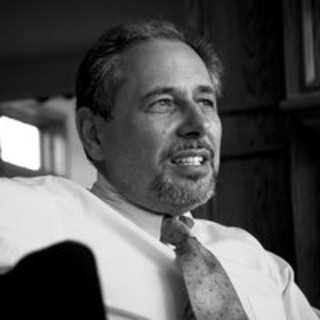The American Academy of Neurology (AAN) annual meeting, held in Boston last April 22-27, marked its 75th Anniversary. As a result of the pandemic, the Meeting still had the option of a hybrid as well as an in-person format. A celebration of the anniversary was held on Sunday, April 23, at the Museum of Science.
As in the past, the Annual Meeting of the American Academy of Neurology proved to be a conference with a rigorous organization, a large convention center, a convivial atmosphere, and a solid scientific program covering cutting-edge research and innovation in models of clinical practice.
Last year’s attendance of 7000 has now grown to 14,000 registrants from all over the world. A mix of scientists, clinicians, practicing neurologists, residents, and students, reflected the diverse content from promising scientific approaches to common clinical issues for the clinician and management of the business of neurology.
More than 400 oral presentations, 2000 posters, and 2500 abstracts were presented. Innovative formats such as “fire-chats” following the plenary sessions were introduced allowing for a more informal interaction with the plenary speakers.
In addition, “Hubs'' for collaborative learning were set up as an alternative to the classic classroom format. Eight Hub areas offered a unique location for educational and network opportunity with diverse emphasis: among these the academia leadership, practice and policy, trainee and education, wellness, and innovation. The topics did not focus only on clinical matters but reached out to issues like, job negotiation, how to write a paper, time management, professional burnout, and career planning. These Hubs located throughout the conference center were a unique setting designed to foster collaborative learning, offer unique education delivery methods, spark engaging conversations, coaching and small group dialogue sessions
One interesting plenary session addressed “Controversies in Neurology”. Opposing points of view were discussed on the topics of the safety of gene therapy, high-cost emerging therapies in neurological disease, and on the overdiagnosis of normal pressure hydrocephalus.
Among “Hot Topics Session” translational research was discussed. In particular I found interesting the discussion on the application of Artificial Intelligence in neurology, the biological vulnerability in functional neurological disease and the CRISPR therapy revolution. The clinical implications of this research in the clinics were discussed at length.
Likely the more relevant presentation for the practicing neurologist were those in the “Contemporary Clinical Issue Plenary Session.” Issues most critical in daily practice were explored by leading researchers as they discussed abstracts related to new therapeutic developments and clinical applications already affecting the practice of neurology. Focus of the discussion were progressive multifocal leukoencephalopathy, glioblastoma, diabetic neuropathy continuous subcutaneous levodopa infusion, wearable devices, and subcutaneous EEG.
I found the last day plenary addressing “Neurology Year in Review '' the most informative as it summarized information useful in putting into perspective clinical information for patients and families. Topics discussed were pain management of progressive multiple sclerosis, healthy brain maintenance, practical application of recent anti amyloid therapies for Alzheimer and autoimmune encephalitis.
The quality of the speakers and their ability to communicate was outstanding making this conference the very best not only for the academic or practicing neurologist but also for the neurology resident in his early stage of his career.
As one looks back at the 75 years of the AAN comes naturally to ask oneself what the future of neurology will be like and what can we glean from this meeting that can help us in looking forward.
Certainly, a major shift is taking place in genetic therapeutics and in the growing use of language based artificial intelligence. As these technologies will be applied to neurology, we need to develop ethical and social guidelines to accompany their increased use. The future looks certainly exciting but with many question marks. ChatGPT is now used in medicine widely for cancer diagnosis, radiology interpretation, telemedicine, disease surveillance, histological diagnosis, and EEG/EMG interpretation. It is inevitable this will change the practice of neurology.
A second question is that with the advancement of new therapeutics in neurology we are confronted by their very high costs which preclude their use in the clinical setting. Insurance companies in the US and national healthcare services abroad need to confront the issue. It is an economical issue which clearly implies a larger moral one.
I do not know the percentage of in person attendance of this conference, but certainly it was high. This begs my third question: are these large conferences still relevant when we are confronted by climatic changes and an environmental impact which could be reduced with distance learning? Afterall presentations and CME credits can be still obtained virtually for a year from now; and with ChatGPT maybe the virtual-learning technology in the near future will be even more complete. What would be missing in this format however is the personal contact with colleagues, students, mentors, friends, the impromptu conversation which can stimulate new ideas, make new connections and friends which ultimately and energize us in doing our work.
The Annual AAN conference continues to be the leader in Neurology meetings showing added vitality and resilience. This was my 38th AAN Meeting and will not be the last!
Dr. Antuono has no conflicts of interest to report.
Image: goodstudio / shutterstock







